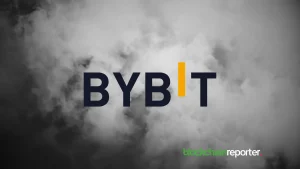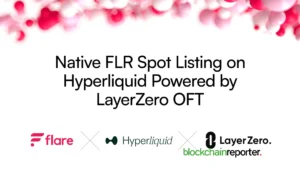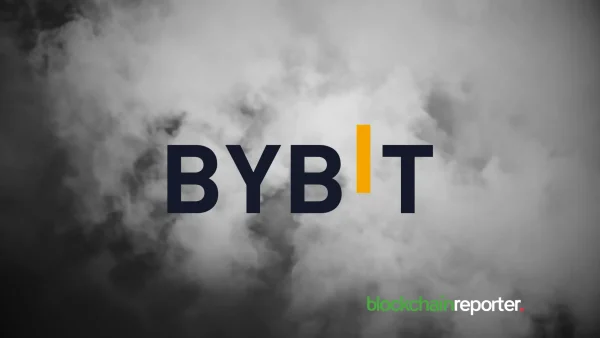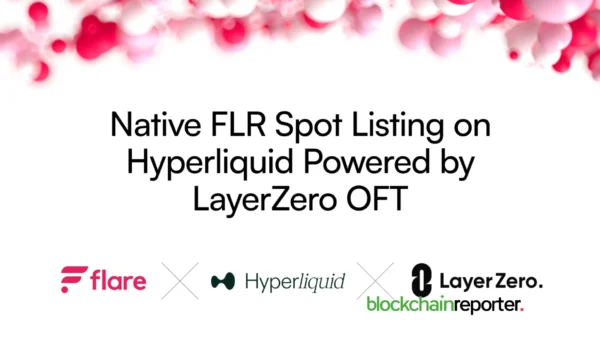
The majority of the crypto community is sick of the slow and ineffective scalability obstacles that are common in Web3. Despite the fact that a great number of Layer 2 solutions have been developed to address these issues, the Ethereum network is still lacking in the technology that is necessary to ensure its actual scalability. This is where the Goshen Network streamlines everything by making the blockchain quick, scalable, and safe.
The Goshen Network utilizes a one-of-a-kind tech stack, which consists of Optimistic Rollups (ORUs) as well as a multilayered design. By utilizing ORUs, the network is able to provide enhanced scalability while still retaining an adequate level of scalability, and it is paving the road for a future in which blockchain capabilities will be both more efficient and speedier.
A High-Speed and Secure Layer 2 Solution
The next surge of decentralized applications (dApps) requires Layer 2 scaling solutions. Since the blockchain is incapable of meeting the growing demand for speed and scalability, the development will have to take place off-chain. The currently available Layer 2 solutions are undergoing expansion and development, but they are not the only available option. Fortunately, there is now the Goshen Network.
An optimistic rollup protocol is utilized by the Goshen Network in order to boost transaction throughput at a reduced gas cost. This is accomplished without compromising Goshen’s commitment to decentralization or the integrity of the Ethereum main chain, which is the foundation upon which Goshen was founded. The Goshen Network utilizes a one-of-a-kind layered architecture, which provides not only simplicity but also versatility.
Goshen provides users and developers with an experience that is analogous to that of Ethereum, but it is far faster and has significantly lower transaction fees than L1. You can deploy Ethereum contracts directly without wondering whether or not they are secure or compliant because it is compatible with the Ethereum tools that you already use.
Bulk Transaction Validation with Optimistic Rollups
When compared to several other Layer 2 and Ethereum scaling solutions, ORUs are a significant component that sets Goshen’s tech stack apart from the competition. ORUs improve both speed and latency on Ethereum’s network by performing computation and data storage off-chain. Transactions are managed independently of the Ethereum MainNet by an optimistic rollup, which reduces the burden of base layer congestion and improves scalability.
The term “optimistic” refers to a characteristic that differentiates optimistic rollups from other types of rollups. Optimistic rollups disclose less on-chain data regarding transactions and imply that all transactions are valid. Since they combine tens of thousands of separate transactions into a single batch before sending it to the MainNet, these aggregators are frequently referred to as “roll ups.”
In terms of off-chain processing, ORUs do not require a high level of confidence because transactions may be swiftly validated on the main blockchain if necessary. This makes it possible for ORUs to provide a solution that is both faster and more effective for decentralized services and applications by striking a balance between scalability and security. This is what makes Goshen the lightning-fast, secure, and scalable L2 solution than the competition.
The Distinct Advantages of Goshen’s Layered Architecture
The ability of a system to efficiently scale by adding new layers is referred to as having “layer scalability.” There are a number of advantages to having scalable layers, some of the most important of which include expanded flexibility, higher levels of performance, and increased levels of security. The layered architecture of Goshen is intended to give all of these benefits, and it does so in a novel way by making use of ORUs.
The layered architecture of Goshen is what distinguishes it from several other ORU protocols. Why? To begin, the bottom layer is a general-purpose computing environment for Layer 2 that is built on RISC-V. This environment makes it possible for Layer 1 to do trustless computations off-chain. Next, Layer 2 will implement the state transition logic of Layer 1, which will ensure that it is fully compatible with the ecosystem of Layer 1. This represents a huge step forward for interoperability across multiple layers.
In addition to this, there is a trustworthy cross-layer message communication system that ensures compatibility between Layer 1 and Layer 2. Building and developing upper-layer applications, such as token bridges, is now possible as a result of this. In the event that there is an on-chain challenge, the interactive challenge protocol lowers the cost of on-chain transactions and, in general, produces a protocol that is more durable and resilient than many alternative non-layered ORU architectures.
In a nutshell, the capabilities that the Goshen Network possesses in the areas of technology and security are making it possible for a new era to begin in the development of Layer 2 scalability solutions. By utilizing ORUs and a multilayered architectural design, Goshen will assist in overcoming many of the existing restrictions that are linked with blockchain technology and the Ethereum network.
These newly developed scalable technologies are paving the way for a faster and more effective blockchain experience in a variety of ways, including boosting the transaction throughput speeds and facilitating cross-chain communication. In light of the fact that the Goshen Network is at the forefront of a novel method of scaling in a secure manner, the potential of what can be accomplished by Goshen builders is virtually unbounded.
If you are interested in building, developing, or deploying on the Goshen Network, you can join the discussion on Goshen’s Discord to get started!









